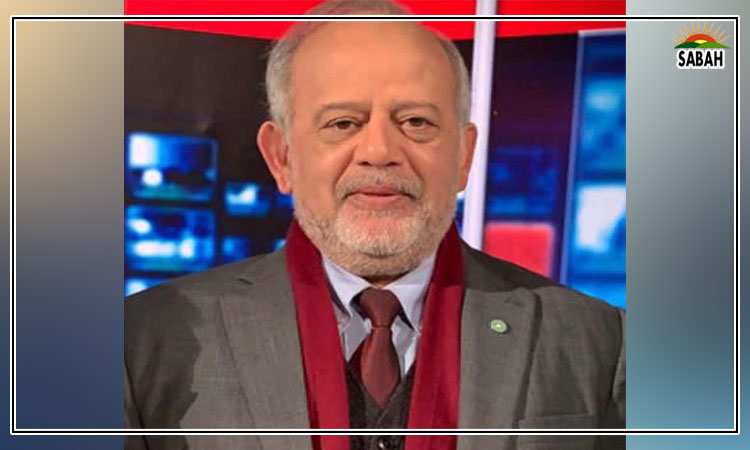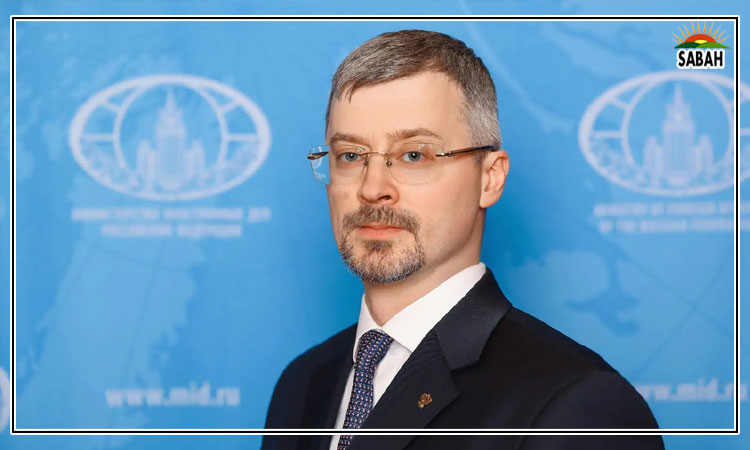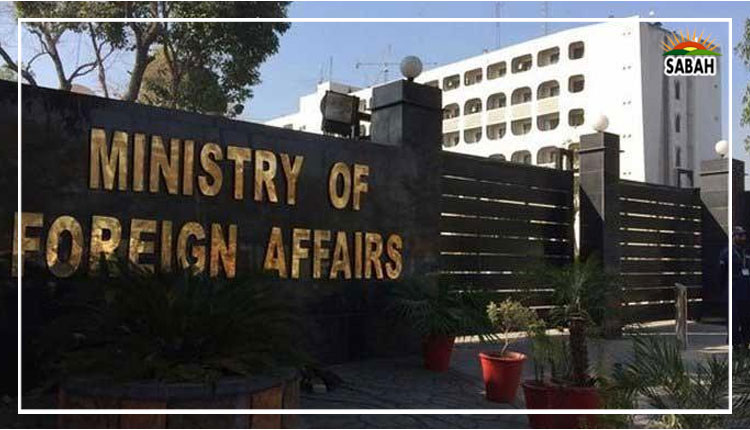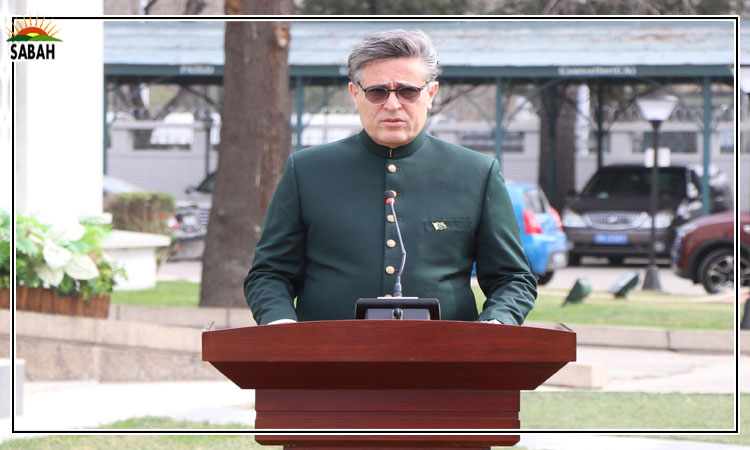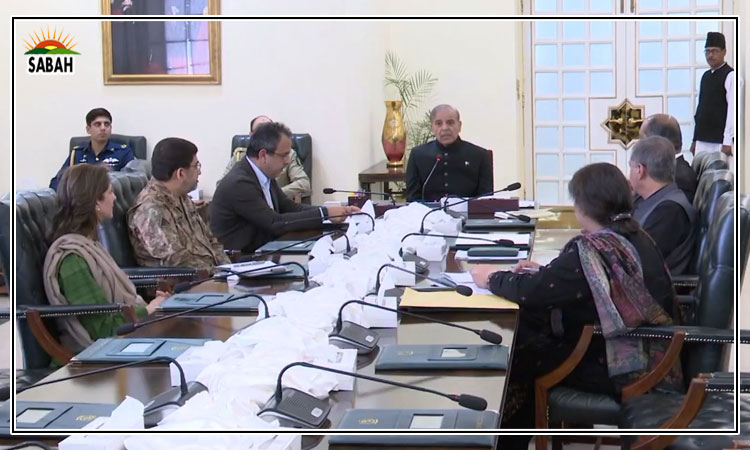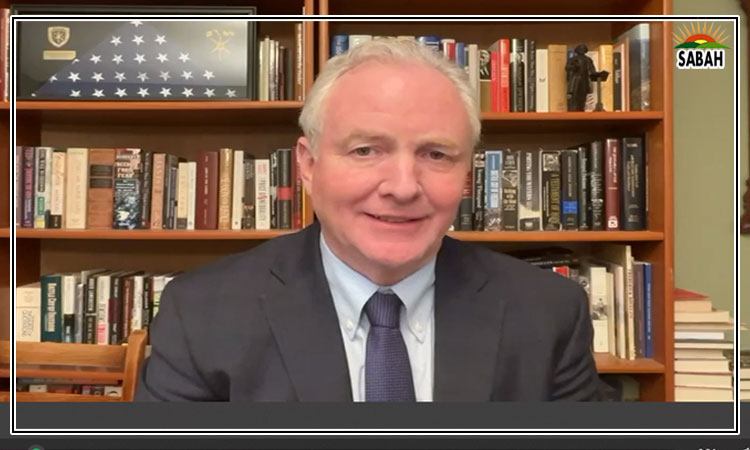How to dismantle the terror trifecta …Shaukat Javed
After the events of 9/11 and the US-led intervention in Afghanistan, more than a dozen military operations were undertaken to eradicate terrorism from Pakistan.
Now, the latest surge in terrorism in Pakistan after the hasty withdrawal of the US from Afghanistan in 2021 has now reached an alarming level.
On June 22 this year, the apex committee on the National Action Plan (NAP), chaired by the prime minister and participated in by political and military leadership, decided to launch another operation – ‘Azm-e-Istehkam’ – to arrest the ever-evolving terrorism trends.
So far, this will be the last of a series of such operations which started with Operation Al-Mizan in 2002 in North Waziristan to inflict an initial crush on Al Qaeda and other foreign militant groups. The operation was Pakistan’s contribution to the US ‘war on terror’ because simultaneously on the other side of the border about 10,000 US special operations forces were also busy flushing out Afghan Taliban and other foreign militant groups.
After the announcement of Operation Azm-e-Istehkam, terrorist groups have struck 15 time, resulting in 51 casualties of security personnel and civilians. The latest attacks on the Bannu Cantonment and on a health centre in D I Khan have been claimed by ‘Jaish Fursan’, a group affiliated with Afghanistan-based Hafiz Gul Bahadur who was on friendly terms with the erstwhile Haqqani Network and was labeled in the past as ‘good Taliban’. While maintaining his separate identity, he cooperates with the Tehreek-e-Taliban Pakistan (TTP) and Al Qaeda. His main area of influence is Bannu, D I Khan and Mir Ali of North Waziristan where lately several terrorist incidents have taken place, responsibility for which has been claimed by his affiliated groups.
Bahadur’s faction signed a peace agreement with the Pakistan government in 2006 which was scrapped in 2014 just before the launch of Operation Zarb-e-Azb in North Waziristan. During that operation, the local population was displaced and reportedly the life and property of his close associates and relations were destroyed. As observed by journalist Zia ur Rehman in his article, ‘Good Taliban, bad Taliban: The case of Hafiz Gul Bahadur’, “This indiscriminate treatment embittered Bahadur and fueled his anti-government stance thus transforming him from good Taliban to bad Taliban”.
The resistance against the erstwhile Soviet Union and later against the US in Afghanistan was a combination of three categories of militants: local Afghan Taliban, the Pakistan Taliban who crossed over to participate in the Afghan jehad, and mujahideen from various Middle Eastern countries who fought together for 30 years to oust both the superpowers. This Afghanistan-based lethal troika now targets Pakistan, necessitating a shift from focusing exclusively on the TTP to broadening the threat calculus to the troika of the TTP, Afghan Taliban and Al Qaeda, as mentioned by Tariq Parvez in his article, ‘The lethal troika’.
The six subgroups of the Gul Bahadur faction active in southern Khyber Pakhtunkhwa are now reportedly in the process of consolidating their hold in the area. Likewise, the Islamic State of Khorasan Province (ISKP) – another terrorist group at odds with the Afghan Taliban on territorial disputes and the issue of implementation of a stricter Shariah system – is also active in KP and Balochistan. It normally targets political leaders and their rallies.
Taking advantage of the prevailing situation, Baloch nationalist militant organizations (BMOs) also became active, allegedly funded by hostile intelligence agencies. The TTP and the BMOs are now actively targeting Chinese nationals in Pakistan to harm Pak-China relations and investment in CPEC. Thus, Pakistan is now grappling with a multidimensional threat of terrorism posed by the lethal troika, Gul Bahadur Faction, ISKP and BMOs.
Reportedly, Operation Azm-e-Istehkam consists of a revised National Action Plan which contains five kinetic and nine nonkinetic points. These domains were finalized in 2021, but action on them was lukewarm, inadequate and lacking. Successive governments were content with hollow rhetorical statements to quell terrorism in all its forms, attending state funerals of martyred personnel and doling out a Shaheed package to their families but never made or acted on a well-coordinated holistic plan.
In a recent television interview, former Nacta chief Ihsan Ghani disclosed that the present apex committee meeting was the second in one decade. He also added that a total of 16 committees were formed to implement NAP at the time of its inception but none of them met more than once during the last ten years. This shows the importance attached to this vital issue which is posing an existential threat to our country.
The previous operations achieved reasonable success but resulted in either pushing the surviving terrorists to Afghanistan which is a haven for them or forcing them to melt with the local population in the no-go areas to form sleeper cells. These areas are devoid of police and the CTD and are controlled by ill-trained and ill-equipped Levies.
Previous operations also caused a lot of displacement of the local population and destruction of the infrastructure. This is why the announcement of the present operation met with strong resistance from the population of the newly merged districts of erstwhile Fata and all the political parties represented in the KP Assembly. Another lacuna of the present operation is its non-approval from parliament.
The challenges of terrorism demand a comprehensive, coordinated and sustained approach that transcends political affiliations and institutional biases and is planned after fully reviewing the extent of the threat. It must have a clearly defined chain of command with proper implementation and coordination mechanism spelling out a time frame to achieve the defined objectives.
The gulf between the state and the people must be bridged by declaring that no displacement of the population is on the cards, and only intelligence-based kinetic operations will be undertaken. Emphasis should be on non-kinetic short- and long-term measures. Before the launch of any operation, approval from parliament must be sought after developing a consensus.
The foremost measure in the non-kinetic domain is developing and advertising a national narrative to counter the terrorist narrative. Such a narrative – apart from a religious fatwa ‘Paigham-e-Pakistan’, which declared terrorism, suicide attacks and killing someone haram in Islam – must also contain population control, socio-economic wellbeing, meritocracy, elimination of poverty, justice and security for all irrespective of their affiliation and affinity. Such a narrative will stop our disillusioned youth from joining terrorist camps.
Pakistan’s current terrorism challenge has transnational linkages. During the last year, more than ten terrorist attacks were planned and executed from abroad including the Bisham attack on Chinese engineers in March this year. The police and its counterterrorism department (CTD) are not equipped with the requisite human resources and necessary wherewithal to deal with such complex situations.
A national CTD is thus required to deal with terrorist acts that have interprovincial or transnational ramifications. Such an arrangement exists in most federations of the world. This will also relieve the army and paramilitary from such duties where long deployments affect their efficacy.
Revamping the criminal justice system, an important point in NAP, should be undertaken on priority and no-go areas should be merged with the respective provinces to deny hideouts to terrorists. Madrassah reforms, rehabilitation of displaced persons, control over activities of Afghan refugees, and development of infrastructure and civil administrative machinery in the newly merged districts of KP are some of the other important measures of the non-kinetic domain that must be made part of the new campaign.
For the success of Operation Azm-e-Istehkam, political stability in the country is a prerequisite. Only a legitimate and strong government supported by the majority of people can effectively deal with this serpent of terrorism and remove decades of long ‘adam-e-istehkam’ in the country.
The writer is a retired inspector general of police and former
caretaker home minister ofPunjab. He tweets/posts @shaukatpsp and can be reached at: shaukatpsp@hotmail.com
Courtesy The News


